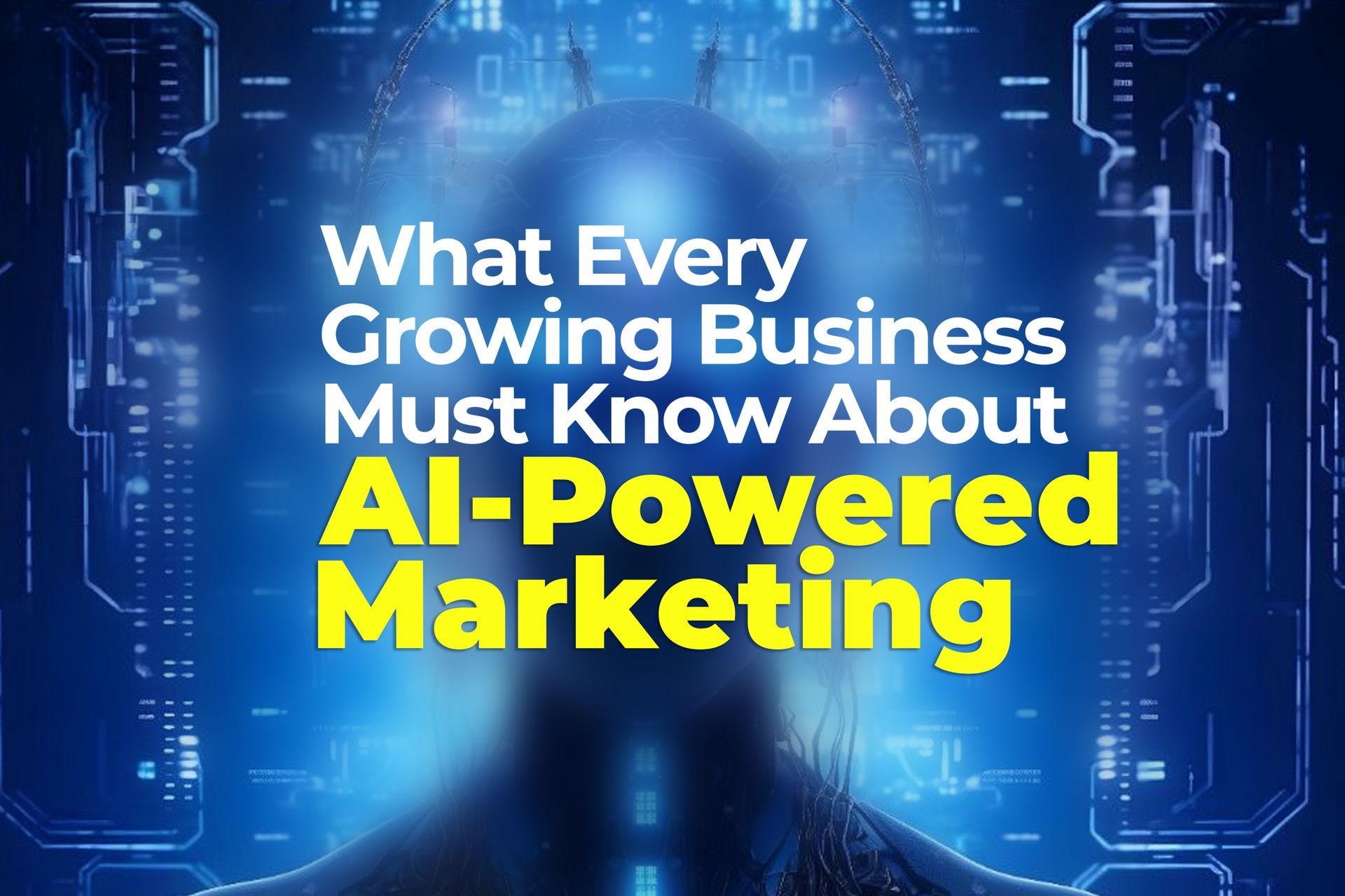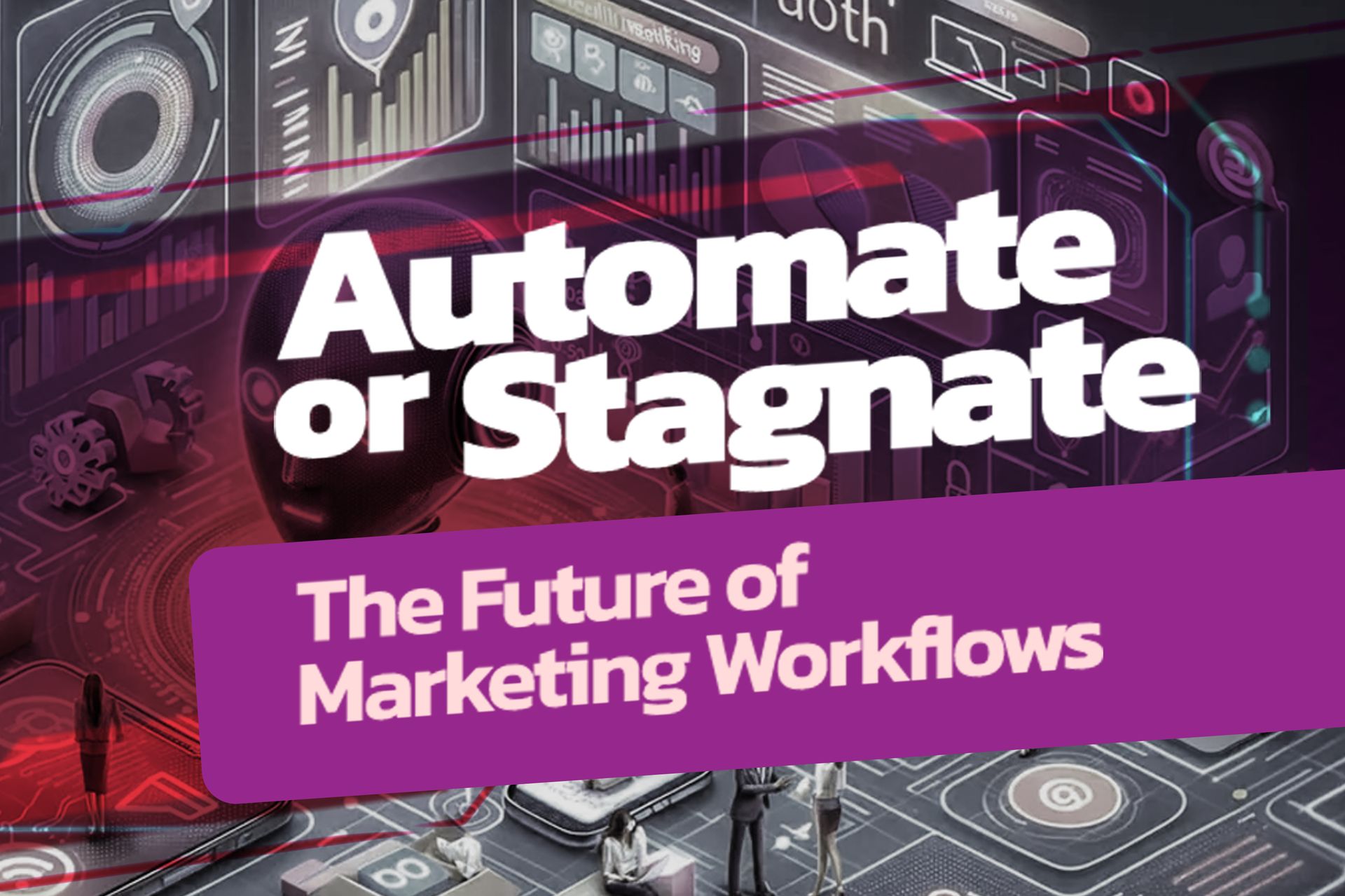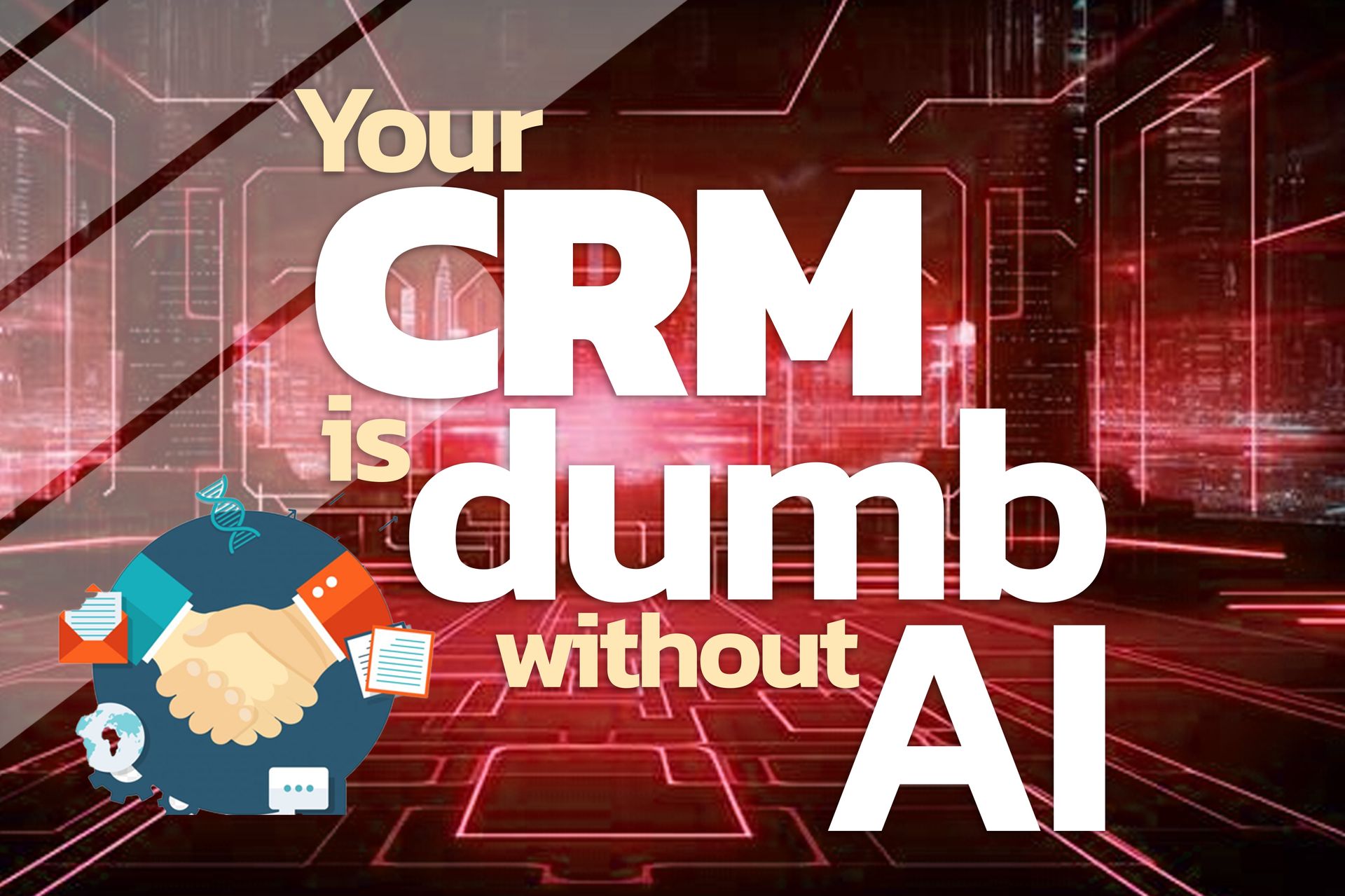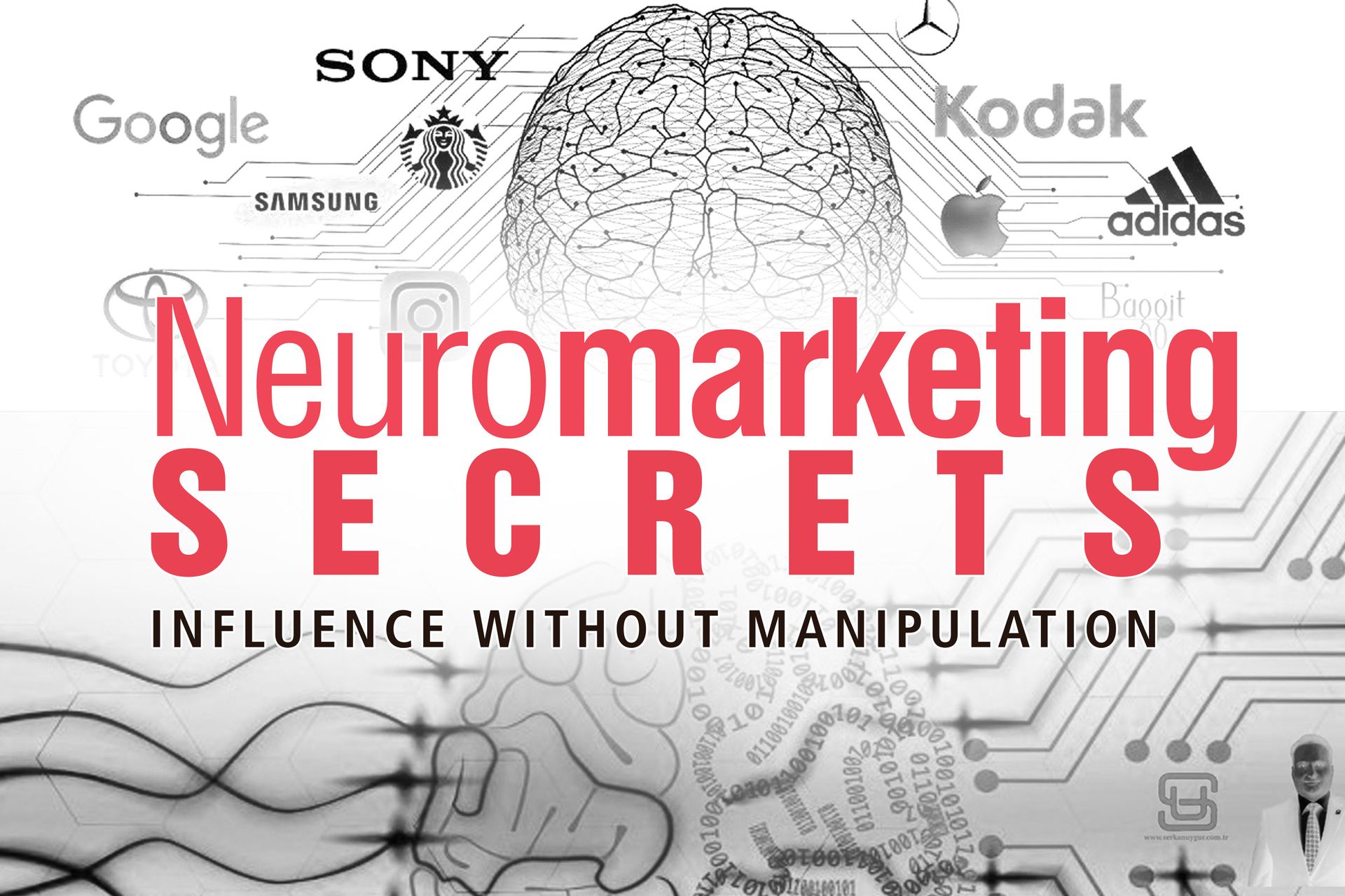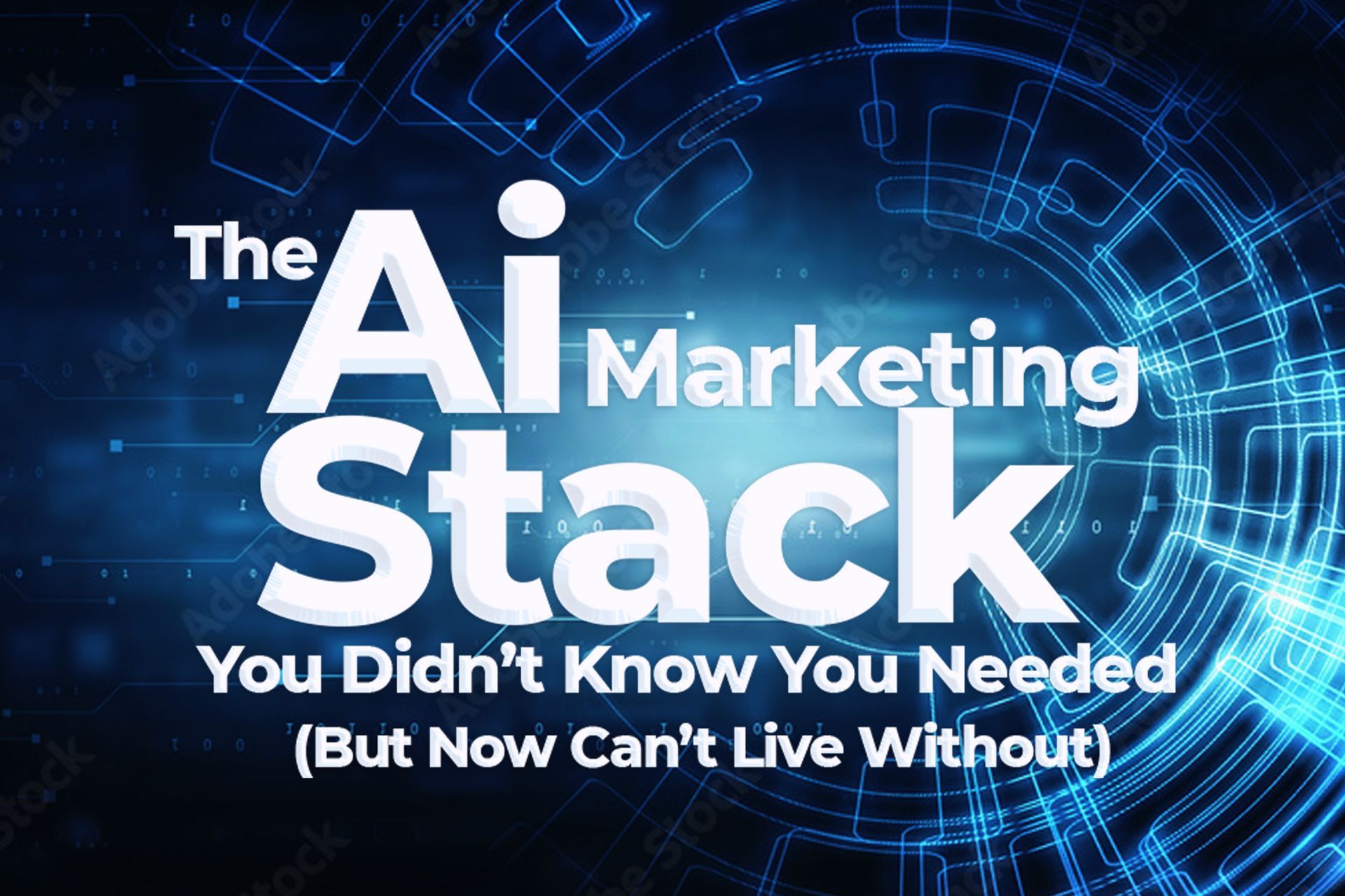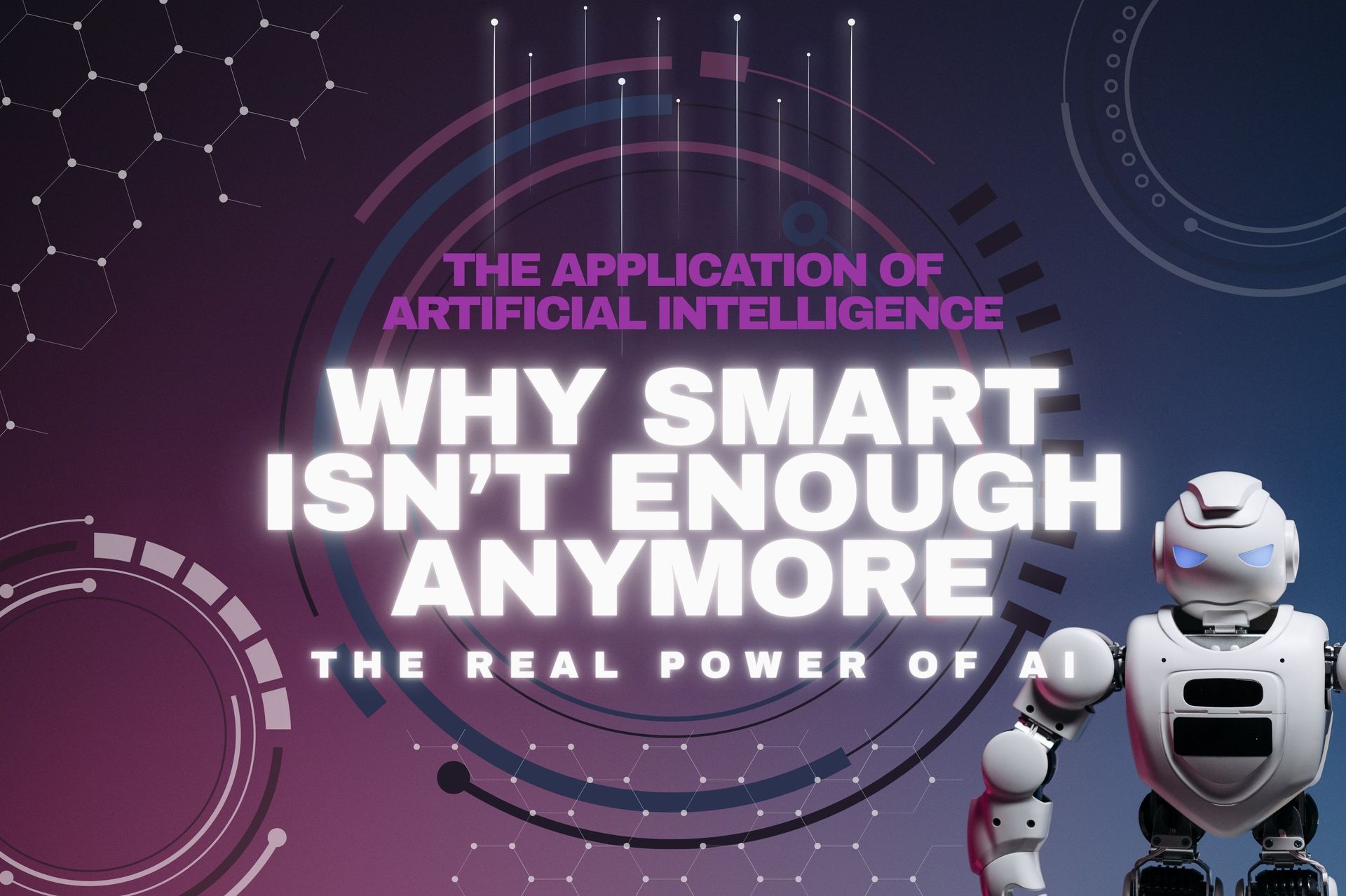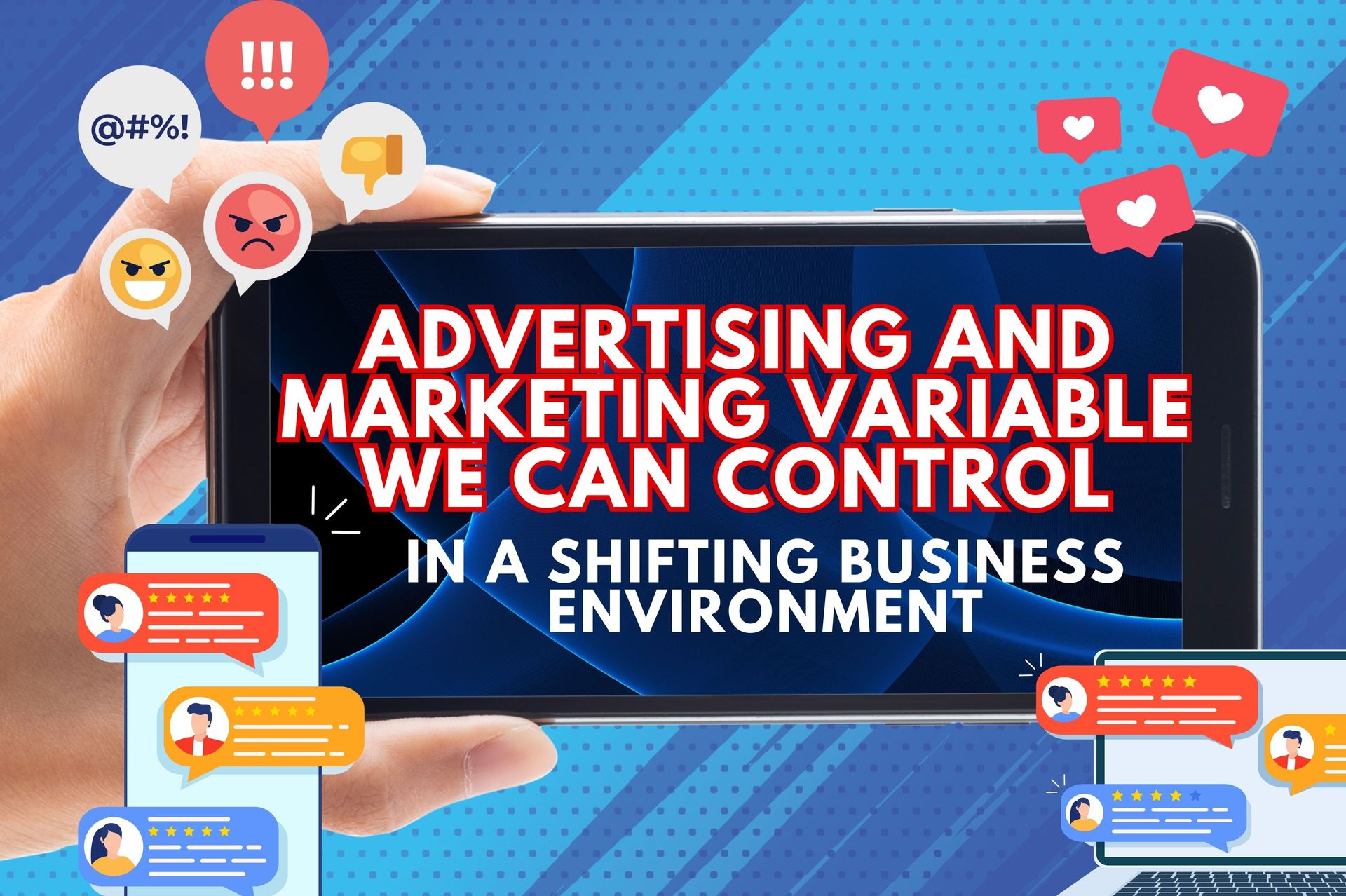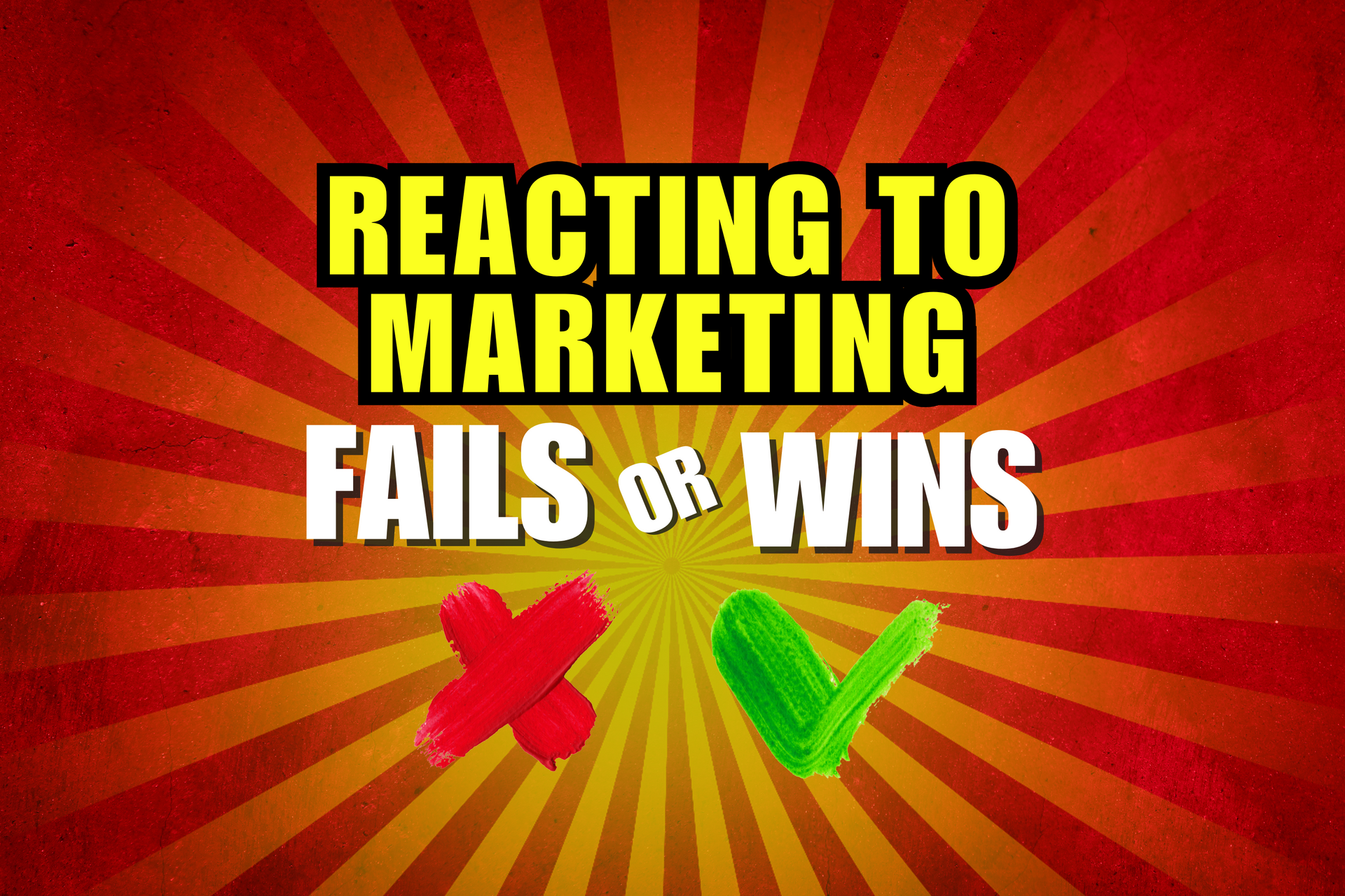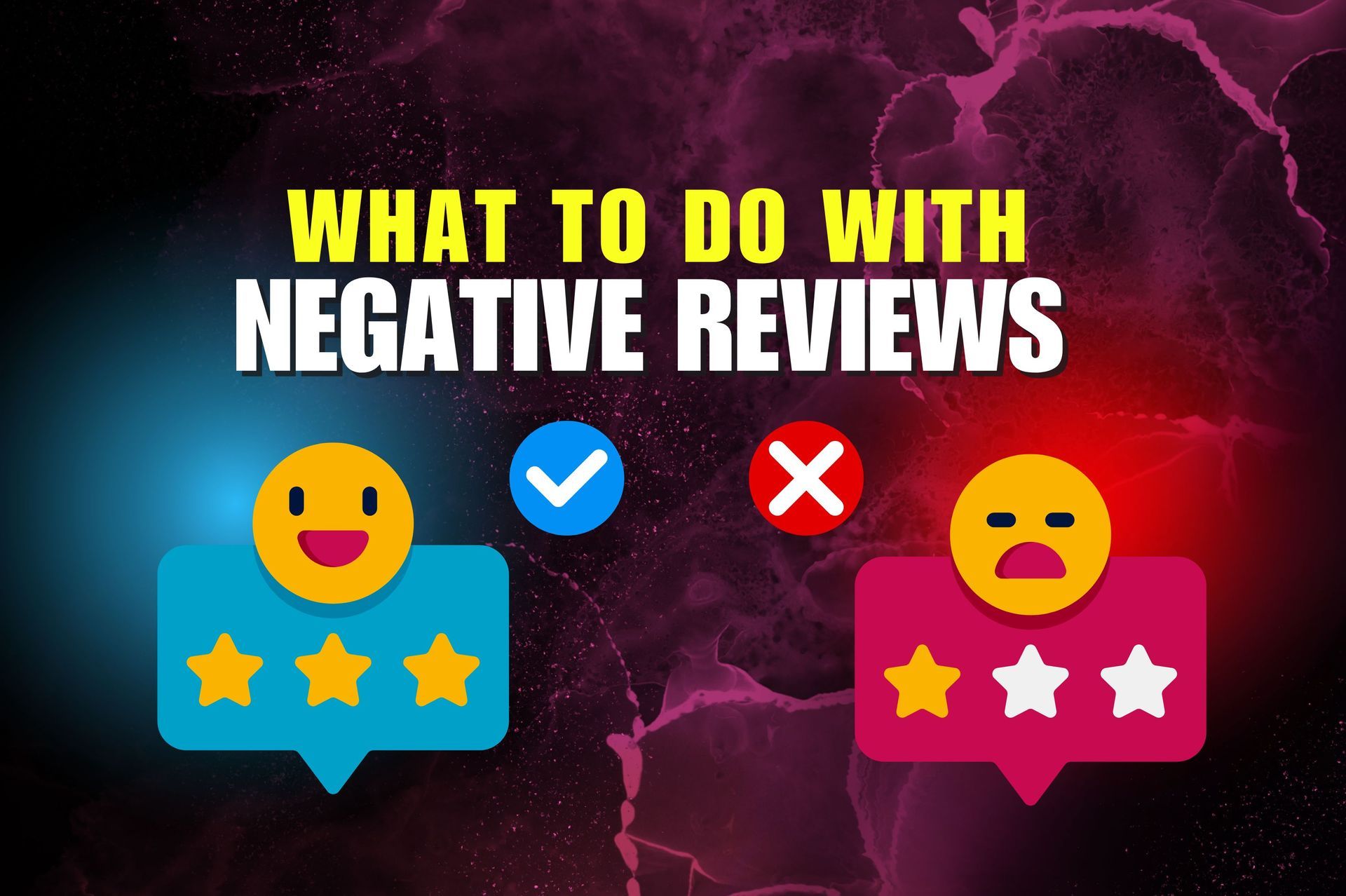The number 1 thing you have to do before you start marketing a product or service
The number 1 thing you have to do before you start marketing a product or service
Hey guys, in this video I'm going to cover with you the number one thing you have to do before you start marketing a product or service and why it is so important to you, saving money, time, and effort and mistakes in the future as you reiterate your campaign. So by the end of this video, you're going to know exactly what to focus on before you get started on everything else, and you're going to know how to leverage all that so that the next time that you syndicate and go out to market with that same product or service, it's a lot easier. Let's get started. Okay, so the number one thing you have to focus on is customer service. A strong customer service experience builds trust and a foundation for a loyal ongoing future relationship. So well-structured customer journeys, keep that customer happy and coming back, which is reduces churn and eventually starts reducing your ongoing marketing costs, which I promised you.
And these satisfied customers are much more likely to leave you positive reviews, and that's going to support your marketing efforts and allow you to recycle third party attestation about your product and service, which is far more powerful than you saying. It's great if we can get other people telling the market that our product and service is great, it's a far more trusted and far more valuable, but you can't do that if your customer experience is falling flat and you're just pissing people off. So the net effect is that having great customer service can actually amplify your marketing and then make your campaign dollars go a lot further and you get more bang for the buck and a lot more mileage out of any syndication effort that you make. Alright, let's also unpack the common pitfalls that we see as it relates to customer service and marketing.
If the journey, the customer journey isn't smooth, then we potentially have these negative reviews that pop up. And I got to tell you, it takes a lot of advertising, marketing dollars and sophisticated messaging to overcome a trend of negative reviews. People read those things and they believe them more than what they believe the company is saying about itself. So from a trust scale standpoint, negative reviews are going to be more trusted than whatever the customer says about it's product or service. So it's just a complete non-starter, and you have to get this thing ironed out so that you don't go into that black hole because climate out of that thing is a absolute nightmare. And if you advertise without a perfected customer journey, it also can just lead to wasted budget because unhappy customers aren't going to return. So while you may get one purchase out of them for the advertising dollar that you spend, you are not going to expect and or be able to capture and tertiary purchases or create regulars in the case of a business that offers that type of regular purchasing, like a restaurant for instance.
So churn can be amplified and very difficult to overcome, and then it just starts absorbing more and more and more and more marketing dollars. So customers who've had a bad experience are just unlikely return, and that impacts long-term revenue in a very significant way. Now the last one, and this is even probably the worst of the whole thing, is that poor customers experiences actually damage your brand reputation. They damage the view of the brand in the market, and then all of the future marketing efforts are somewhat undermined by the fact that the brand is not strong. And for all of us, small businesses, medium businesses, people are starting out specifically building good brand reputation has to be the tip of the spear in terms of your marketing objectives. You can have a lot of issues like bad messaging, bad targeting, a crappy ad, and so forth.
But if your brand is strong and you have a reputable brand, all of those things can be forgiven, recovered, reworked, reiterated, and optimized. But the minute the brand is damaged through poor customer service, a lot of that stuff has a 10 x impact and everything just starts to be a money pit. Let's get into the how do we solve this problem, right? Because it's one thing to be aware and be conscious of it. It's another thing to make this stuff happen so that you can get off and running. So the first thing that I suggest, and we certainly do this with a lot of clients, and we do this here for ourselves, is we map the customer journey from awareness about the brand all the way through their post-purchase experience with the product or service. So what are all those hallmark steps that they need to take, that needs to be mapped out?
Then you can design an engaging, clear, concise process that makes it easy for those new customers to get started with your product or service. So each one of those hallmarks probably has some sort of action, and by me, they should watch this video, they should fill out this form, they should be on this zoom call next. They should get this email. So every one of those hallmarks then defines an action item, and those action items is what smooths the whole thing out and allows you to deliver that exceptional customer journey. Then you got to go back to your team and make sure that your fulfillment team, your support team are trained and address to address any of the customer needs and that they can effectuate those critical action items, some of which of course we like to automate, which is awesome. And some of those things are going to need to be done by a human being that's properly trained, that knows what the expectations of the customer are and what their job expectations are and what the outcome is that they need to get done so that the customer can move to the next step in that optimized journey.
And then of course, you've got to just like everything else, even in the marketing side, this is a discussion about fulfillment and customer service, but just like marketing, we've got to test, evaluate, get feedback, send surveys, ask questions, and then go back and optimize, right? So we've got to have some sort of feedback loop. We can't just plug this whole thing in and then walk away and we like, I'm done, right? We've got to do better than that and seek some feedback. Look to areas where you screw up. And here's one of the things, I'll just share this with you. If anywhere in our customer onboarding and so forth, I get an email where something's not clear or the customer has a question or something like that, I'm like, gosh, darn it, we should have been in front of that issue. And then we modify.
So that question or that issue doesn't come up again. So there's a sticking point, a friction point or something like that. And you see the customer pause there either through communication or there's some dead time or things aren't moving smoothly. Time to zero in, make an adjustment, fix, remedy, communicate better, optimize whatever the team is doing, et cetera. Okay? So all of those things need to happen. And then this thing gets really easy. And I got to tell you, nothing will make you happier than seeing happy, and I don't mean happy. I mean absolutely exuberant customers. Nothing feels better at the end of the day than knowing that you really took care of people in the absolute best way possible. Not that you just did the bare minimum, but that you absolutely blew them away by how awesome you and your team are. So do yourself the biggest favor you can for your business, for your customers, for your staff and everyone involved, right?
And for your future and before you spent any money on ads, social media, getting wound up and all this other stuff, targeting and creative and shooting videos and spending money and all that stuff. Focus on creating the most perfect customer experience and support and onboarding that you possibly can. I don't care if that's you have a muffin shop and people come in there and buy muffins or you have a sophisticated medical practice or something like that. All it doesn't really matter what it looks like. You've got to be in the job of blowing people away. And that starts with how that customer experiences your business, your staff, your processes, so on and so forth. And that seamless journey that feels so good and like you are anticipating their needs, that every step will create incredible loyalty and boost your marketing impact far beyond anything you can do with ads and copy.
Because a raving fan, an advocate of your business is worth 10 times any other thing you can do with marketing and outreach and syndication. Those people are worth their weight in gold and cultivating your process so that you can create that type of customer should be your number one objective before you do anything else. So go ahead and start putting these steps into practice. Take a real objective look at what the hell is going on with your business and see what you can do to do better. And even if you're doing great and you have happy customers, do better than great because why wouldn't you want to create a tribe of absolutely raving fans around your business? And I promise you, your future will be bright and your marketing dollars will go so much further every time you reach out and syndicate, you're going to be supported by a strong brand, strong customer reviews and feedback, people that are talking and reinforcing the messages that you're putting out in the market. And you should have ready buyers waiting at your door. So if you've got anything to add to this or you think I missed something, I would love to hear it about in the comments below. Otherwise, I will see you on the next video.

